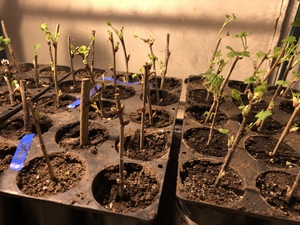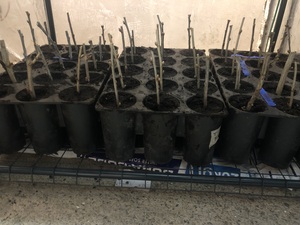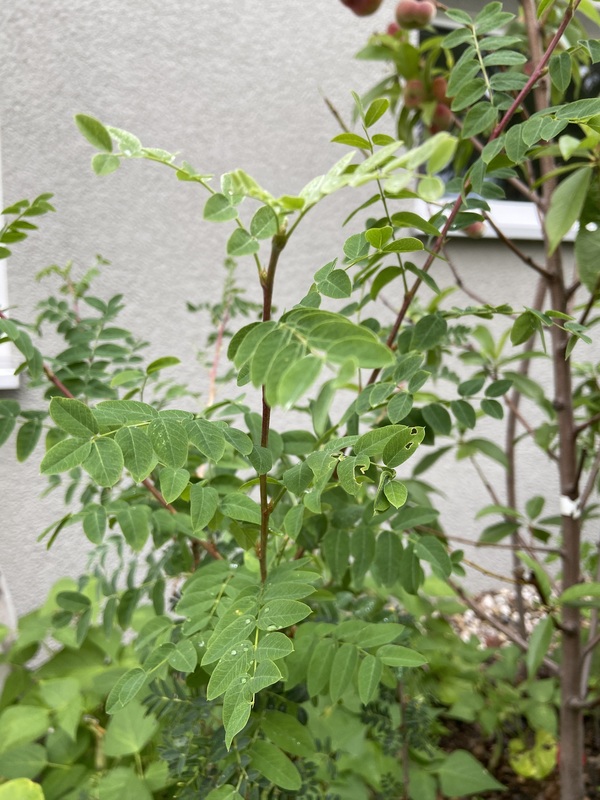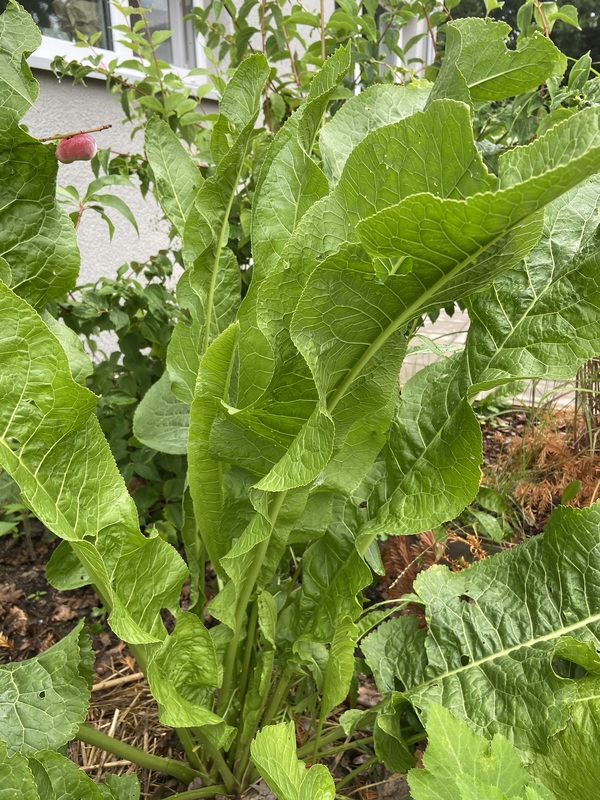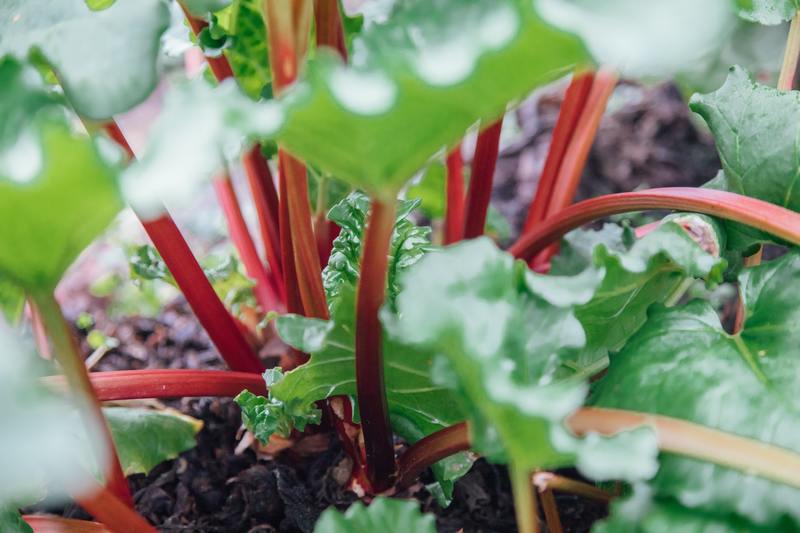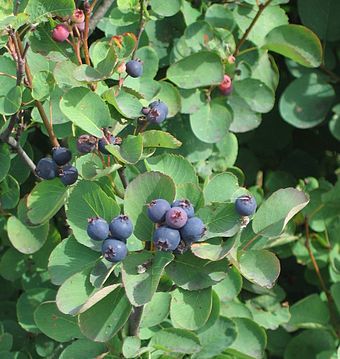Description
Black currant is a plant native to parts of Europe and Asia. It is a shrub that typically grows to be about 1-2 meters tall. The leaves are simple, alternate, and have a palmate shape with 5-7 lobes. The flowers are small, greenish-white, and grow in clusters. The fruit is a small, black, juicy berry.
Black currant grows best in moist, well-draining soil in full sun to partial shade. It is winter hardy and can tolerate cold temperatures. To cultivate black currant successfully, a grower may need to prune the plant regularly to maintain its shape and encourage new growth.
Black currant is edible and the berries can be eaten fresh or made into jam, juice, or wine. The leaves and young shoots of the plant can also be eaten and are sometimes used to make tea. The berries and other edible parts of the plant can be stored in the refrigerator for a few days after harvest.
Black currant has several uses beyond its edible berries. The plant is valued for its high vitamin C content and has been used medicinally for centuries to treat a variety of ailments. The leaves and fruit are also used as a natural dye. In addition, black currant is sometimes used as a source of food for wildlife.
